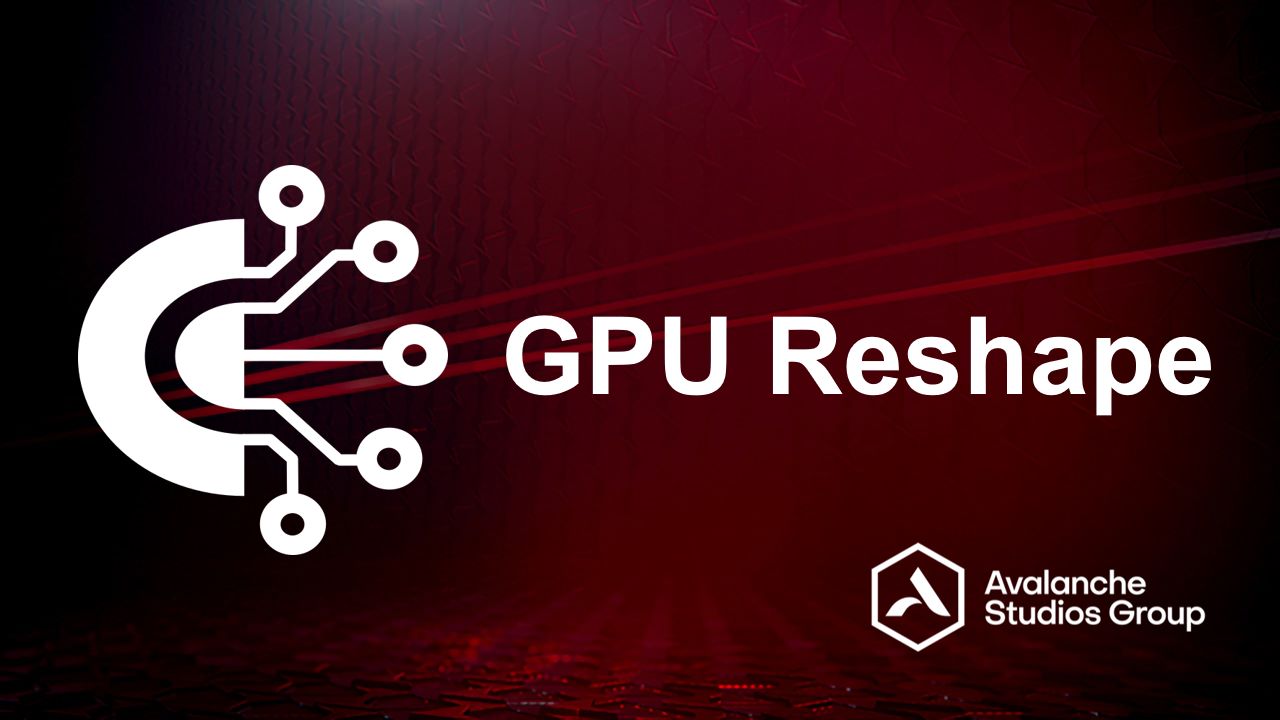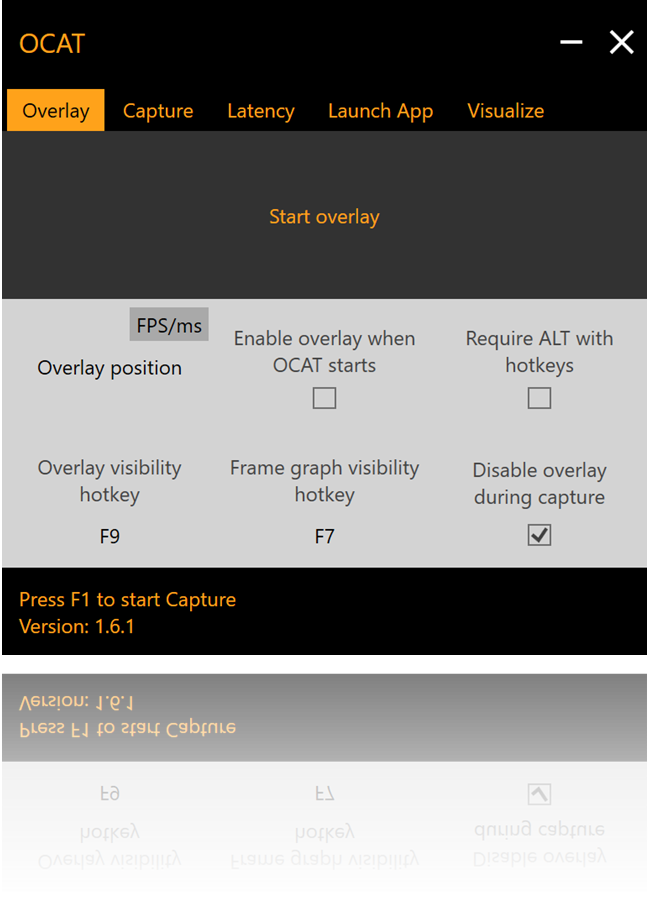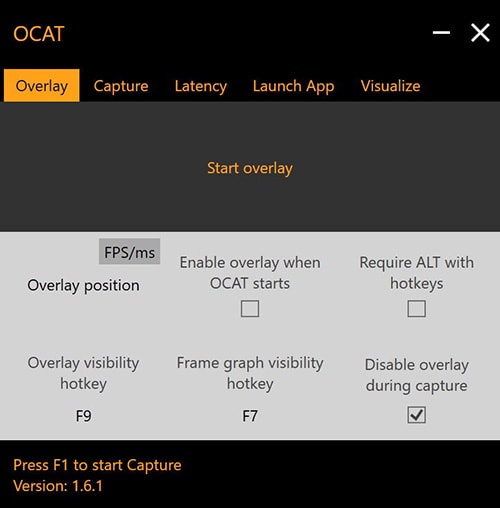
GPU Reshape
GPU Reshape is a powerful tool that leverages on-the-fly instrumentation of GPU operations with instruction level validation of potentially undefined behavior.

Open Capture Analysis Tool

If you want to know how well a game is performing on your machine in real-time with low overhead, the AMD Open Capture and Analysis Tool (OCAT) has you covered.
This release adds the following features:
The AMD Open Capture and Analysis Tool (OCAT) supports all major APIs on Windows® – Direct3D® 11, 12 and Vulkan® – and can show an in-game overlay with the current frame rate to give you an at-a-glance overview of instantaneous performance.
That’s good enough for a top level view, but AMD OCAT doesn’t stop there. It also has a detailed analysis mode based on the excellent Intel PresentMon library, which provides you with in-depth historical data captured across multiple frames, which you can look at offline to get a deeper insight into the runtime performance of games and applications on your system.
AMD OCAT is fully open source and consists of several parts: the user interface, the analysis back-end, and the in-game overlays. You can trigger statistics recording via a hotkey, and you can configure AMD OCAT to avoid drawing the framerate overlay on applications that might be using the GPU but aren’t games, like browsers.

Changes that increase compatibility with games using AMD FidelityFX™ Super Resolution 3 (FSR 3).
Updated the Platform Toolset to v143 (Microsoft Visual Studio® 2022).
Updated the Microsoft .NET version to 4.7.2.
Fixed a bug that affected overlay compatibility with a number of games.